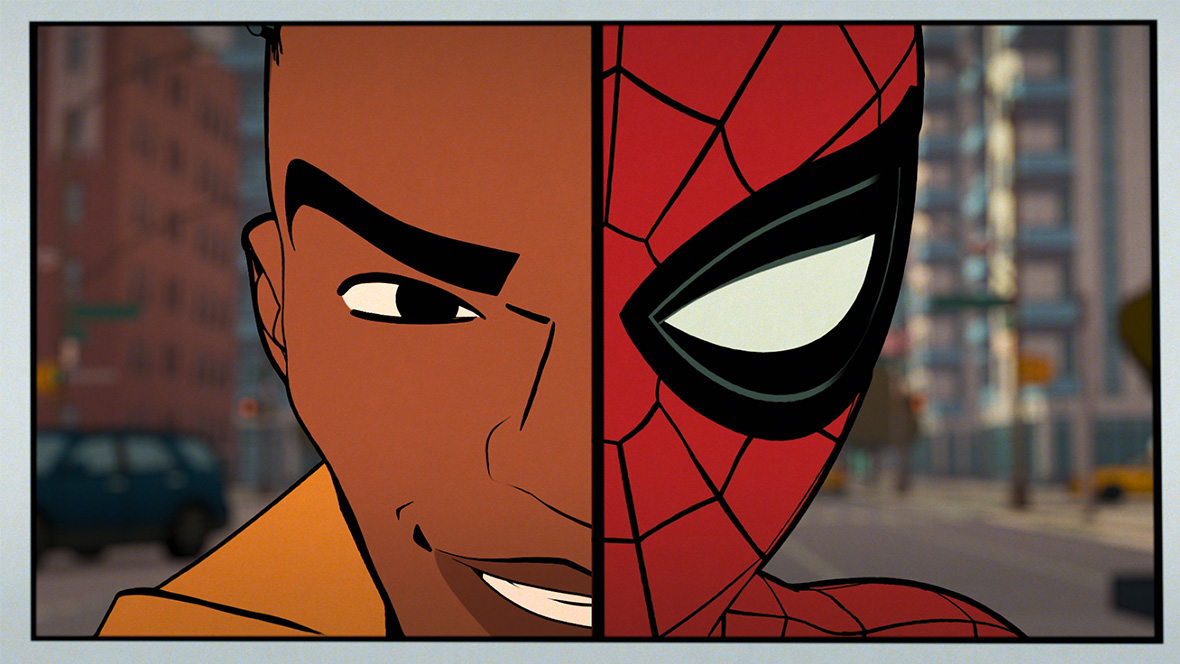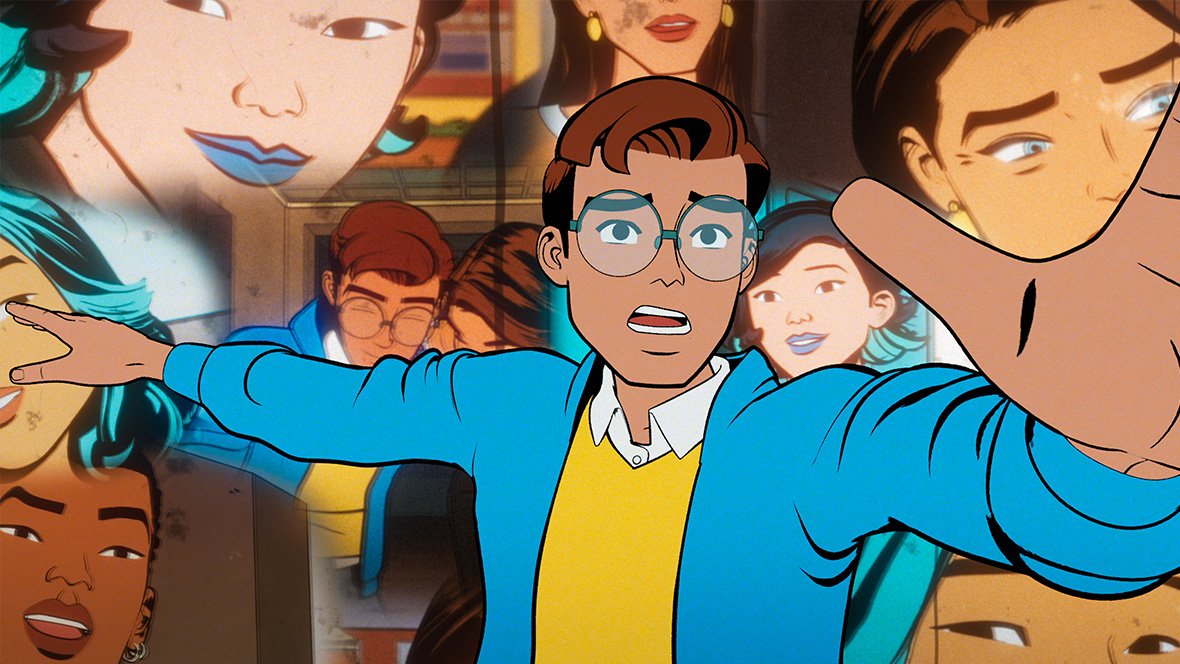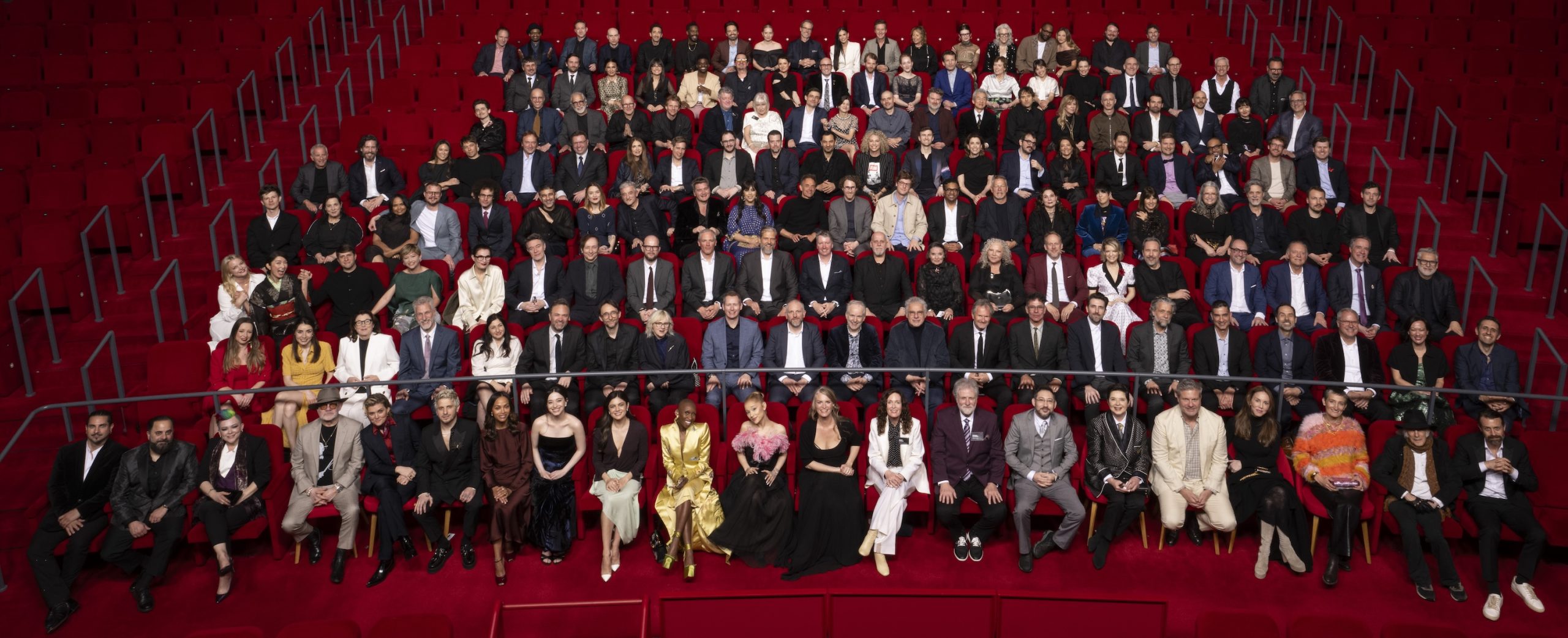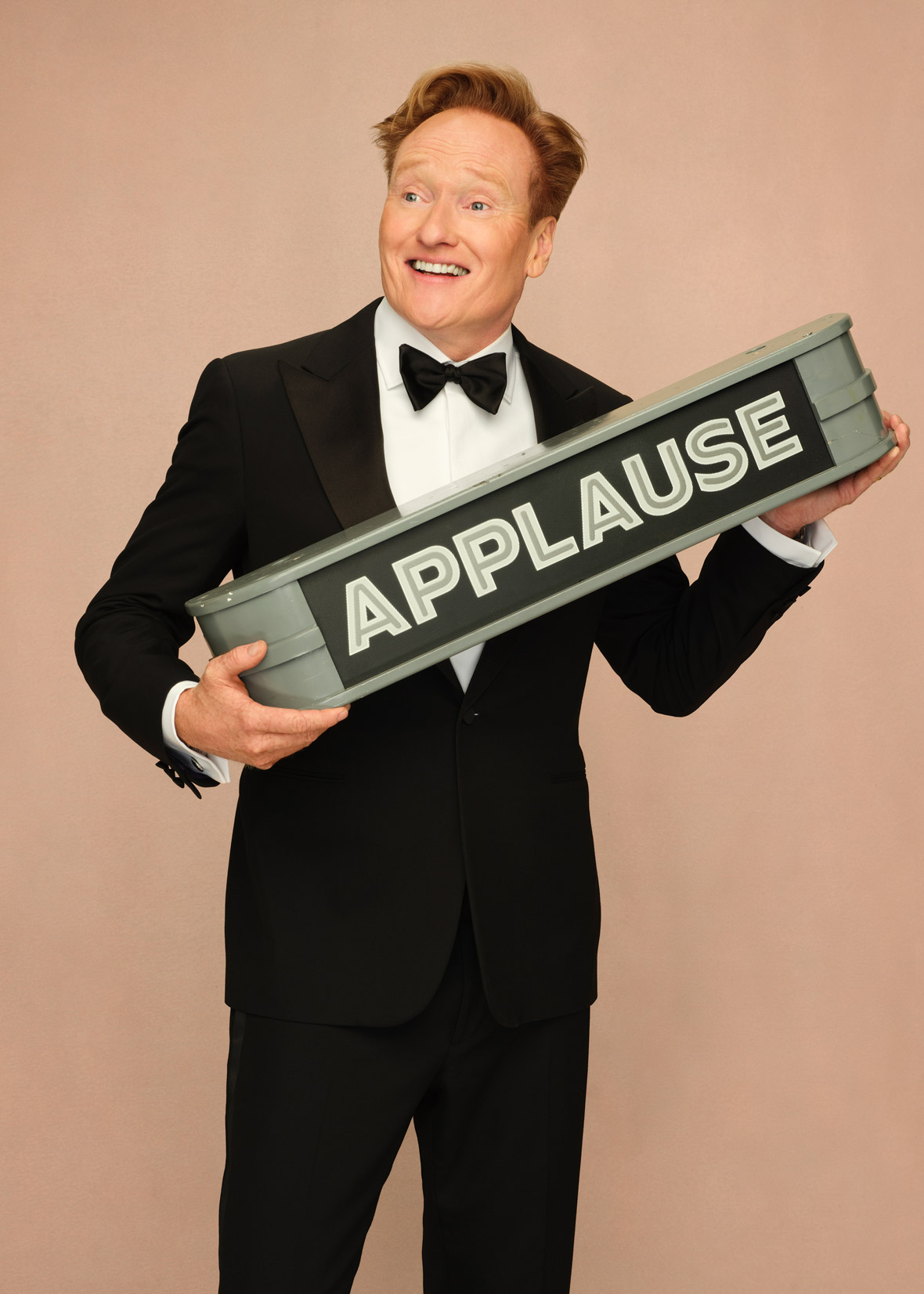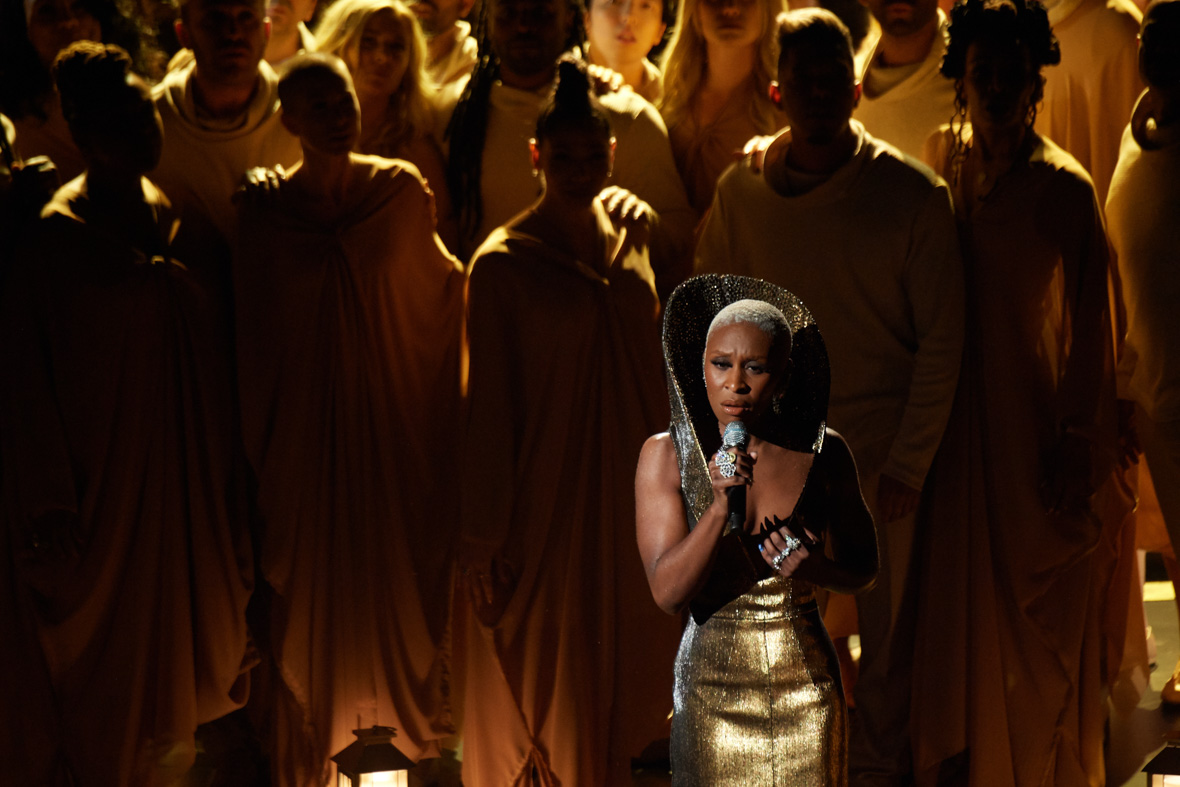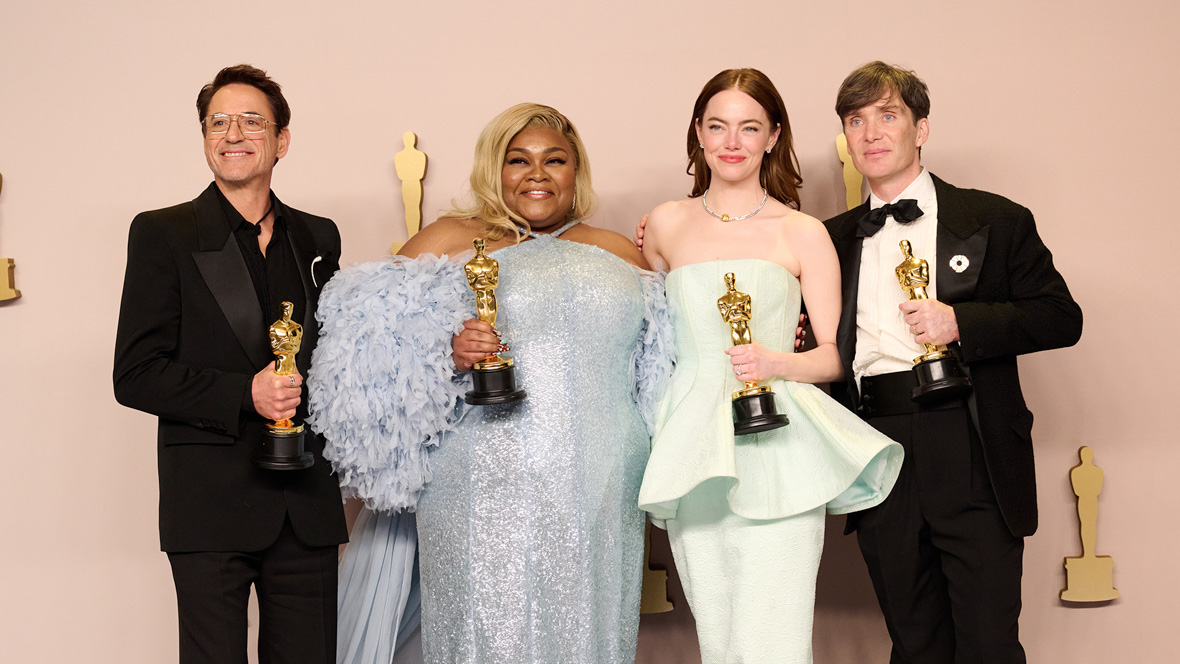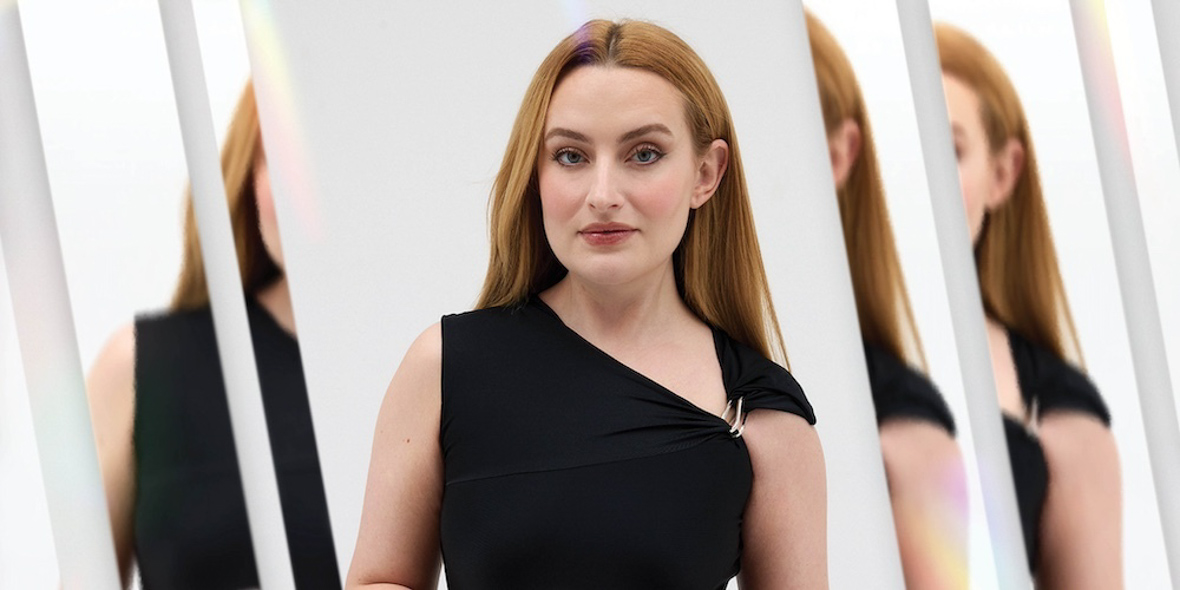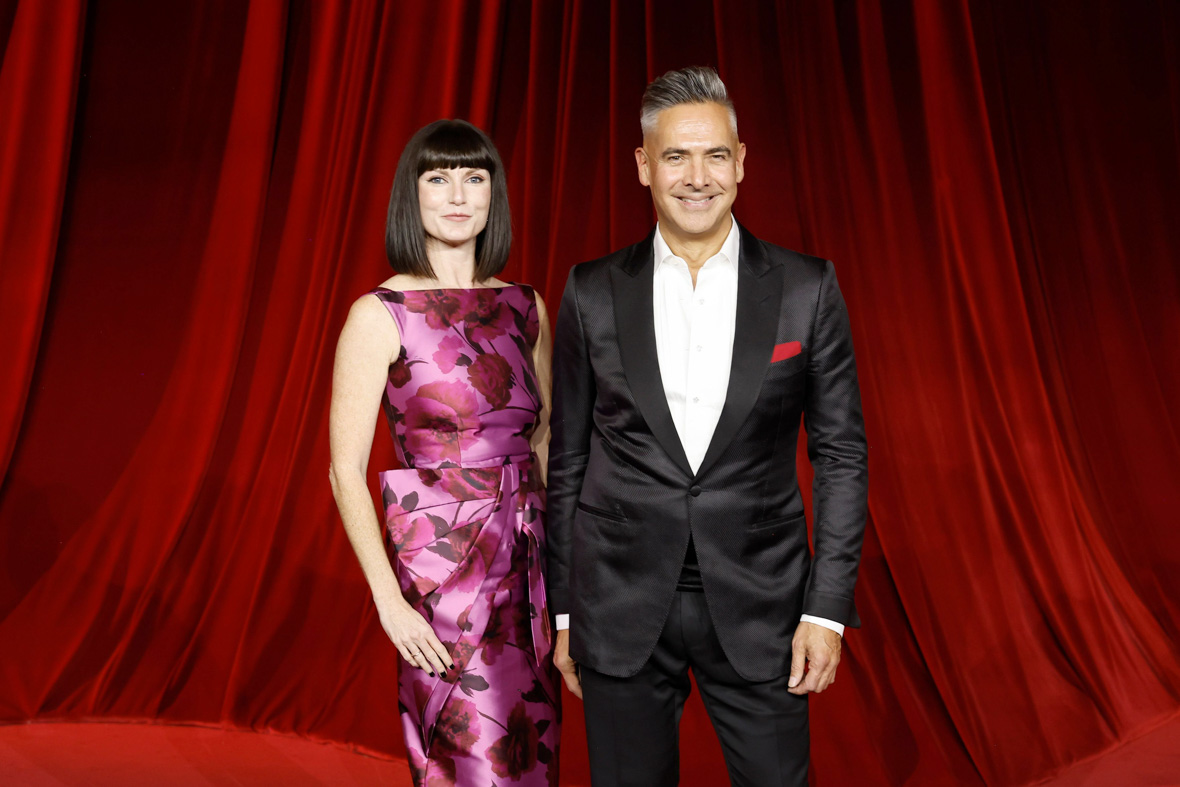Daredevil leaps back into action Tuesday on Disney+ with Marvel Television’s Daredevil: Born Again. In the new series the story of Matt Murdock/Daredevil (played by Charlie Cox) and Wilson Fisk/Kingpin (played by Vincent D’Onofrio), continues in pulse-pounding fashion.
Murdock, a blind lawyer with heightened abilities, is fighting for justice through his bustling law firm — rather than as Daredevil — and former mob boss Fisk is pursuing his own political endeavors in New York. When their past identities begin to emerge, the two men find themselves on an inevitable collision course.
Filled with Daredevil’s signature gritty action and street-level drama, the series features familiar faces, such as Karen Page (played by Deborah Ann Woll), Foggy Nelson (played by Elden Henson), and Frank Castle/The Punisher (played by Jon Bernthal) — as well as new characters, including former NYC DA Kirsten Mcduffie (Nikki James) and therapist Heather Glenn (Margarita Levieva), who’s Matt Murdock’s new love interest.
“We've all had one goal in common: to do a show that the fans are waiting to see, and we've put a lot of effort into doing that,” D’Onofrio said.
Brad Winderbaum, Head of Television, Streaming, and Animation at Marvel Studios, echoed D’Onofrio’s sentiment for producing the new series. “I really approached it as a fan, as something I would want to see,” he said.
“It’s All Born Out of Character”
Born Again finds the characters having “come up in the world,” as Fisk says to Murdock in the first episode. Cox noted that their come up also means the characters have “a lot more to lose.”
“The idea of losing it can make you feel like you're backed into a corner,” Cox continued. “That's when behavior becomes questionable.”
That questionable behavior often reveals itself as one of Daredevil’s signature characteristics — gritty, realistic, hand-to-hand action.
“It's all born out of character,” Winderbaum said of the stunts and action. “Nothing is done arbitrarily. It's a violent world, and these are characters that use violence in order to trade power.”
Scenes are written so that action doesn’t come out of nowhere. Rather, characters will interact in a way that creates tension that is wound tighter and tighter.
“And then you have these explosive releases in the action sequences,” Cox said.
That pressure is kept simmering throughout the episodes to ensure that the action is used sparingly, and therefore when it’s most impactful.
“There’s So Much Stuff to Explore”
What drives the narrative to those explosive moments comes from the characters and the situations they find themselves in.
“They’re such layered characters. There's so much stuff to explore,” Cox said.
Both Cox and D’Onofrio have inhibited these roles for a decade, and the richness of the writing keeps them coming back. “I haven't gotten bored of playing this character,” D’Onofrio said. “Like, not even a bit.”
While the series is a part of the Marvel Cinematic Universe — which has captivated audiences with heroes saving not just the world, but at times the entire galaxy — Daredevil: Born Again intentionally keeps its preoccupation on the streets of New York City.
“It's really like the comics where you would pick up an issue of Daredevil and you want to stay in a grounded, street-based ecosystem,” Winderbaum said.
That grounded basis makes space for the series to dig deeper and find the dramatic potential within street-level storytelling in one city.
“It looks at New York as being kind of this medieval kingdom filled with power struggles and deceit and unexpected acts of loyalty. It’s an amazing tapestry that [showrunner] Dario Scardapane and team have built,” Winderbaum said.
Exploring Tones
Working with Marvel Television creates the opportunity for a show like Born Again to capitalize on storytelling that can take risks as well.
“If you look back at the comic books, there's an array of tones and genres and comedy and drama and action to choose from. But it's never tonally one thing,” Winderbaum explained. “Being able to explore that darker tone that many of the comics live in is an important part of the storytelling process for the studio, but also something that Disney has really been supportive in helping us explore.”
D'Onofrio concurred that Marvel and Disney have been supportive of ensuring that Daredevil: Born Again was made with trust in their creative partners.
“They really trust us and they've been really great with us about everything when it comes to Daredevil. And we couldn't ask for better people to work for,” D’Onofrio said.
“The Best Part of Television”
With a TV-MA rating, Daredevil: Born Again caters to an older, more mature audience. And as Winderbaum explains, that makes it a fit on Disney+.
“Disney+ has really become a service that has all sorts of content on it,” Winderbaum noted. “To me, it feels like the best part of television where you can sit down and watch anything you want.”
Disney+, of course, features beloved programming not only for fans of all ages, but also from the most beloved brands in the world — whether that’s Marvel, Star Wars, Pixar, Hulu, Disney Animation, National Geographic, ESPN, and so much more.
“It's all this amazing stuff on the service, and there's all these echelons of content,” Winderbaum said. “And TV-MA content, which we've been able to explore as part of the Marvel brand and the Marvel identity.”




